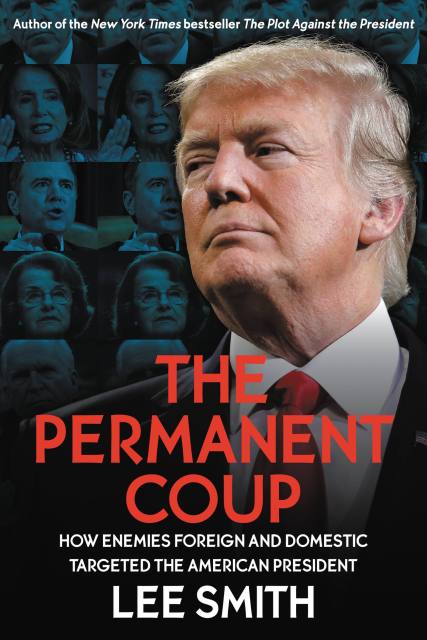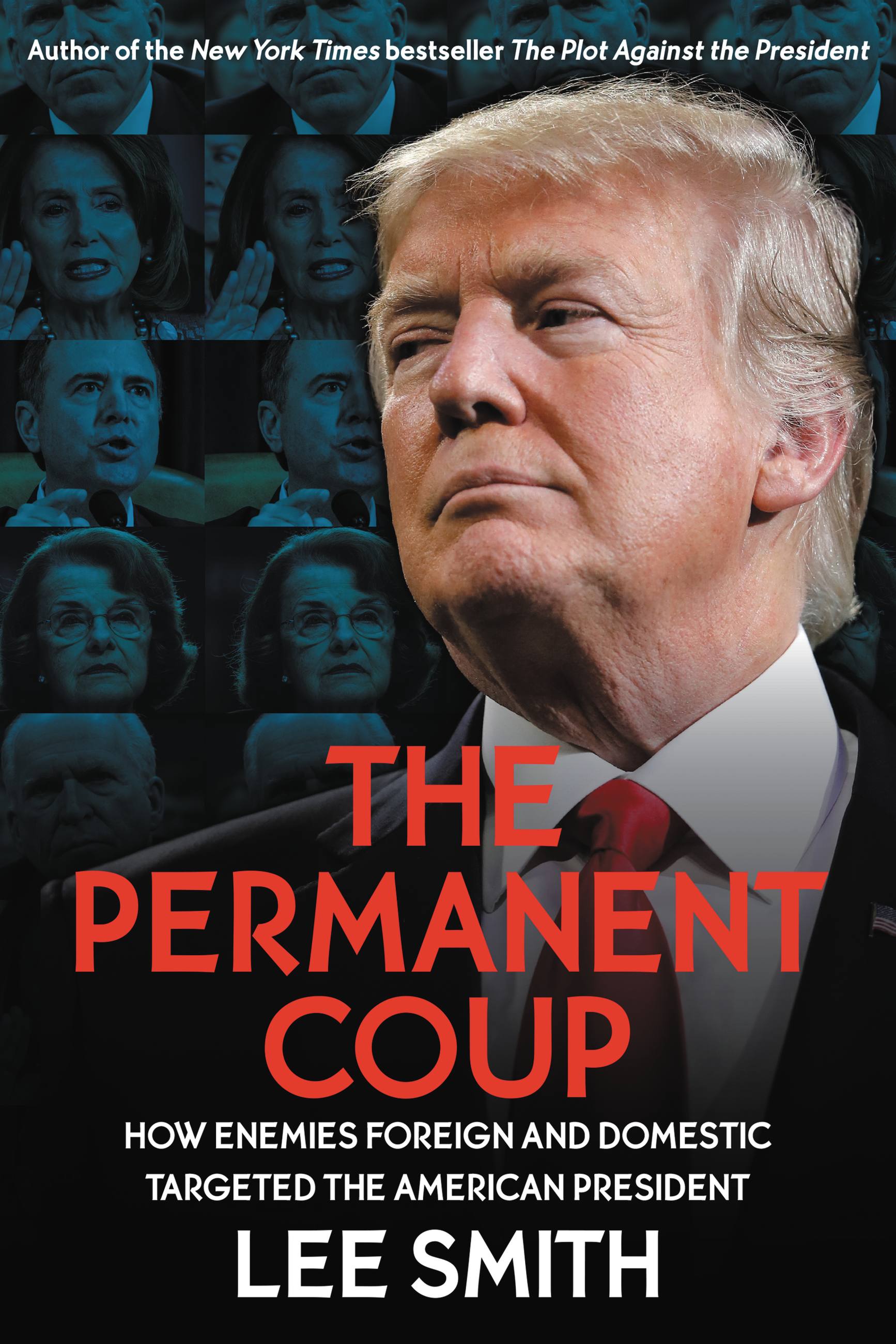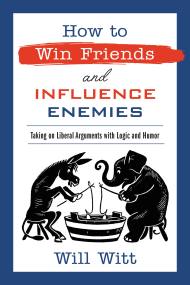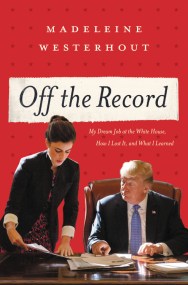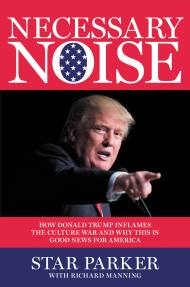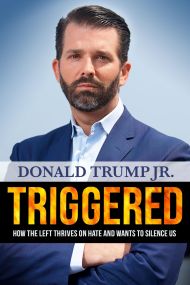Promotion
Use code BEST25 for 25% off storewide. Make sure to order by 11:59am, 12/12 for holiday delivery!
By clicking “Accept,” you agree to the use of cookies and similar technologies on your device as set forth in our Cookie Policy and our Privacy Policy. Please note that certain cookies are essential for this website to function properly and do not require user consent to be deployed.
The Permanent Coup
How Enemies Foreign and Domestic Targeted the American President
Contributors
By Lee Smith
Formats and Prices
- On Sale
- Aug 18, 2020
- Page Count
- 304 pages
- Publisher
- Center Street
- ISBN-13
- 9781546059547
Price
$15.99Price
$19.99 CADFormat
Format:
- ebook $15.99 $19.99 CAD
- Audiobook Download (Unabridged)
This item is a preorder. Your payment method will be charged immediately, and the product is expected to ship on or around August 18, 2020. This date is subject to change due to shipping delays beyond our control.
Buy from Other Retailers:
Investigative journalist Lee Smith uncovers what he calls the “permanent coup” — a relentless, orchestrated effort by the left to undermine President Donald J. Trump and American democracy.
From the fabricated Russia collusion hoax to the violent riots that swept across American cities, Smith exposes how these events are all part of the same ongoing campaign—not just against President Trump, but against the millions of Americans who cherish their country and its founding ideals. For the first time, he reveals the direct involvement of Barack Obama, Joe Biden, and senior military officials in a coordinated operation to take down a sitting president.
Beginning in late 2015, political operatives, intelligence officials, and the press pushed a conspiracy theory about Trump-he was a Russian asset and spied on his campaign and his presidency in order to undo an election.
Because the ultimate goal of the anti-Trump operation is not simply to topple the president but rather to change the character and constitution of the country, the Deep State's machinations didn't stop even after Trump was cleared of charges of "colluding" with Moscow. Their efforts became even more fierce, more desperate, and more divisive, threatening to scar America permanently.
In their zeal to bring down President Trump, Deep State conspirators had unwittingly revealed the origins of the anti-Trump operation and exposed corruption at the very highest levels of the Democratic party-including Joe Biden and his former boss, Barack Obama.
Lee Smith brings to this story the same incisive reporting and commentary that distinguished his runaway bestseller, The Plot Against the President. His investigation, identifying crimes and abuses committed by senior US officials, was later confirmed by a major Department of Justice report.
For The Permanent Coup, Smith again enjoys unrivaled and exclusive access to the main players defending America and uncovering Deep State crimes-including Congressman Devin Nunes and the president's personal lawyer, Rudy Giuliani.
Newsletter Signup
By clicking ‘Sign Up,’ I acknowledge that I have read and agree to Hachette Book Group’s Privacy Policy and Terms of Use
